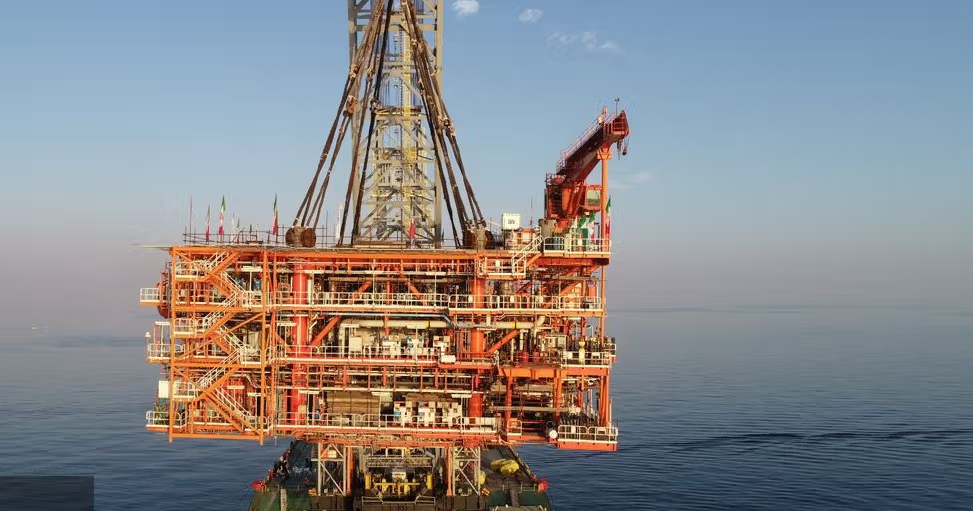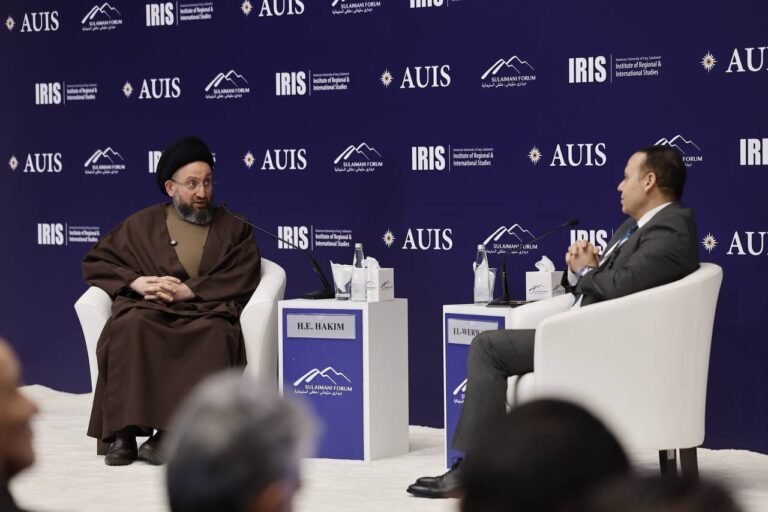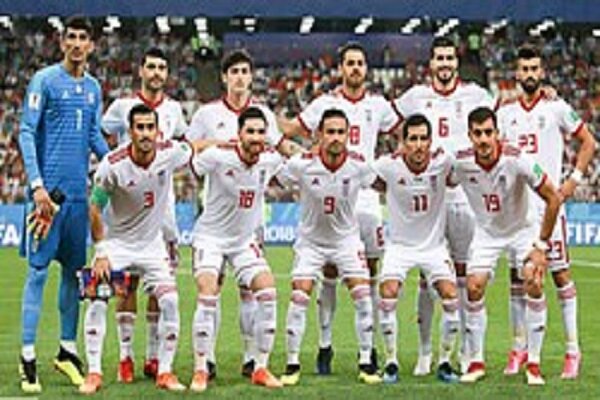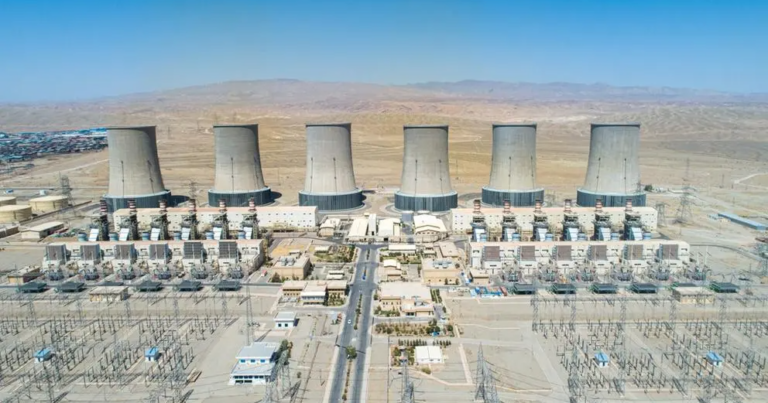Iranian Official: Strengthening US Relations Crucial for Oil and Gas Industry Growth
Iran is in dire need of substantial investment, estimated between $200 and $250 billion, to stabilize its oil and gas sectors. This urgent call for investment comes from Arash Najafi, the head of the energy commission at Iran’s Chamber of Commerce, who recently spoke to local media about the challenges facing the country’s energy industry.
Due to the impact of international sanctions, Iran has faced significant challenges in accessing advanced technologies necessary for modern oil and gas production. Najafi emphasized the importance of innovation and investment by stating, “In recent years, due to sanctions, we have been deprived or had limited access to many of the world’s latest technologies.” He further explained the need for state-of-the-art equipment to fully utilize the country’s abundant underground resources, enhance gas reservoir pressure, and rejuvenate oil fields.
As Iran grapples with the complexities of boosting oil production, its gas output has been steadily declining, primarily due to diminishing pressure in the South Pars gas field, which is located in the Persian Gulf. This situation is exacerbated by the fact that only multinational Western energy companies possess the technology required to install large-scale gas platforms capable of enhancing production.
Najafi pointed out the critical requirement for investment, stating, “We need more than $200 to $250 billion in investment to bring the country’s oil and gas sector to a stable state.” He outlined several key areas where investment is essential:
- Energy Transmission: Investment is crucial for the effective transmission of energy to refineries and petrochemical plants.
- Infrastructure Development: Significant funding is needed to improve existing infrastructure and establish related facilities.
- Technological Advancements: Access to modern technology is vital for enhancing production efficiency and capacity.
Iran’s oil minister, Javad Owji, has previously echoed Najafi’s sentiments, stating that a minimum of $200 billion is necessary to revitalize the energy sector. The situation is further complicated by ongoing negotiations between Tehran and Washington regarding Iran’s nuclear program and other critical issues. These discussions aim to reach an agreement that could eventually lead to the reduction or elimination of stringent U.S. sanctions.
Currently, the bulk of Iran’s oil shipments—approximately 95%—are directed to China, raising questions about the transparency and efficiency of financial transactions for the proceeds. The lack of normal banking channels severely hampers Iran’s ability to engage in international trade effectively.
Najafi expressed optimism regarding potential improvements in U.S.-Iran relations, suggesting that a cooperative economic relationship could be mutually beneficial. He stated, “The United States is currently a leader in the oil sector, and if we engage in economic cooperation with the U.S. and establish an economic corridor between the two countries, we could benefit not only from its technologies but also from its investment to help develop our oil and gas fields.”
Moreover, he highlighted the opportunity for Iran to attract capital from multinational companies, which could help pave the way towards a more stable position within the global oil and gas market. With an influx of foreign investments and modern technologies, the Iranian energy sector could experience significant growth, potentially revitalizing the national economy.
Overall, the need for foreign investment in Iran’s oil and gas sectors is more critical than ever. The combination of technological advancements, infrastructure improvements, and enhanced energy transmission capabilities could transform Iran’s energy landscape. If successful, these efforts could not only stabilize the sector but also ensure that Iran can reclaim its position as a significant player in the global energy market.
In summary, achieving stability in Iran’s oil and gas sectors hinges on attracting the necessary investments and fostering international cooperation. The potential for positive change is evident, but it requires strategic planning, effective negotiations, and a commitment to overcoming existing challenges.






